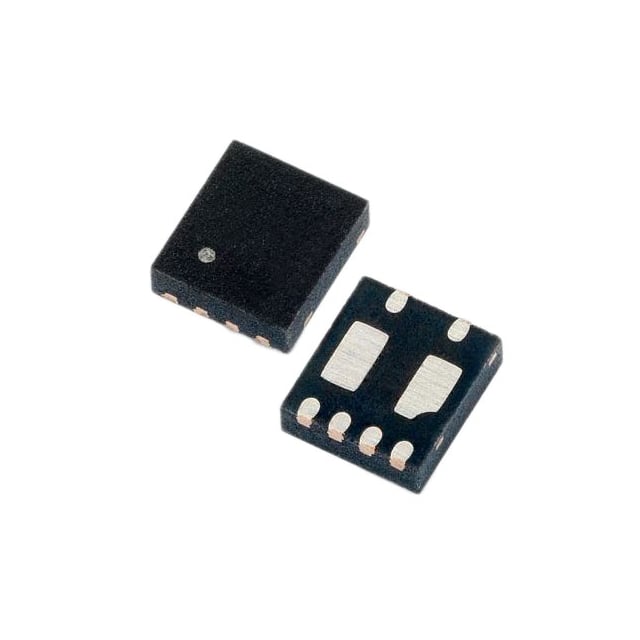SP1220, SPA® Series, TVS Diodes
Results:
3
Manufacturer
Series
Capacitance @ Frequency
Voltage - Breakdown (Min)
Power - Peak Pulse
Voltage - Clamping (Max) @ Ipp
Voltage - Reverse Standoff (Typ)
Bidirectional Channels
Operating Temperature
Current - Peak Pulse (10/1000µs)
Applications
Grade
Supplier Device Package
Qualification
Package / Case
Unidirectional Channels
Mounting Type
Type
Power Line Protection
Results remaining:3
Applied Filters:
SP1220, SPA®
About TVS Diodes
TVS Diodes, also known as Transient Voltage Suppression Diodes, are semiconductor devices designed to protect electronic circuits from voltage surges or transients. They work by clamping the voltage to a safe level and diverting excessive current away from sensitive components. TVS diodes are typically made using diode technology, which allows them to conduct current in only one direction. They are designed to handle high-energy transients and can respond quickly to voltage spikes. When the voltage across the diode exceeds its breakdown voltage, it starts conducting and provides a low-resistance path for the transient current to flow through. This effectively limits the voltage seen by the protected circuitry, preventing damage. There are different types of TVS diodes available, including unidirectional and bidirectional variants. Unidirectional TVS diodes are designed to protect against voltage spikes in one direction, while bidirectional TVS diodes can handle voltage surges in both directions. TVS diodes have various characteristics that determine their performance and suitability for different applications. These characteristics include breakdown voltage, clamping voltage, peak pulse current, and power dissipation capability. The breakdown voltage refers to the voltage level at which the diode starts conducting and clamps the voltage. The clamping voltage is the voltage level maintained by the diode during a surge event. Peak pulse current represents the maximum current the diode can handle during a transient event, and power dissipation capability indicates the maximum power the diode can dissipate without being damaged. In summary, TVS diodes are important components used to protect electronic circuits from voltage surges or transients. By clamping the voltage and diverting excessive current, they safeguard sensitive components and ensure the reliability and longevity of electronic systems.


